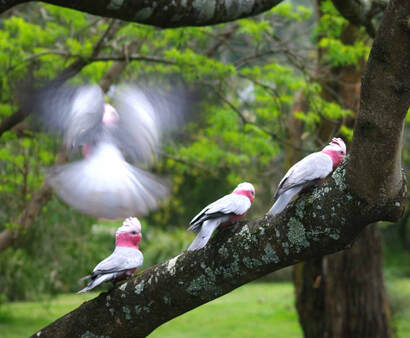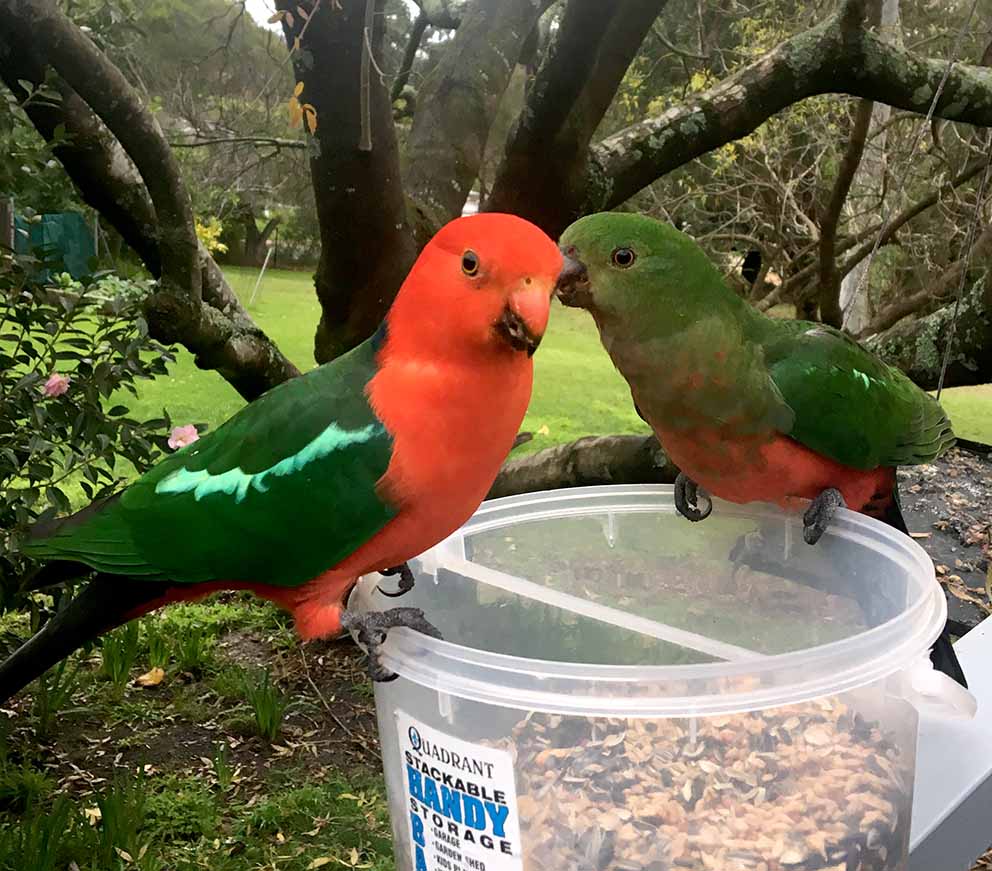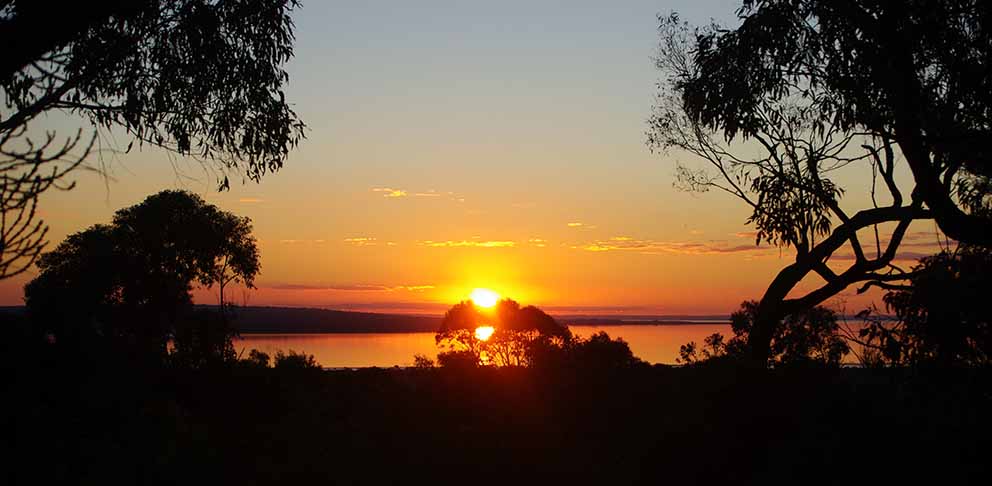 Richard Kemp is privileged to share his patch of paradise with
Richard Kemp is privileged to share his patch of paradise with creatures great and small.
I BOUGHT my acre and three-quarters bush block at The Gurdies in 1971for $1000. Back then nobody wanted this bit of worthless land. It was covered with a variety of tall trees, bushes, wild grasses, sword grass, wild orchids and dozens of species of ants, some not so nice.
I did have to clear an area to build my house but kept it to a minimum. I have tried to live with nature and damage as little as possible. A wide variety of creatures share my place, like black snakes, copper head snakes, tiger snakes, monitor lizards, blue tongue lizards, a variety of beautiful small lizards, echidna ant eaters, ring tail and brush tail possums and koalas (until people arrived with cats). I have had several wallabies and kangaroos come in and out of the property, along with wombats and marsupial rats.

I know a lot of creatures have moved here because neighbouring properties have cut down their habitats. A lot of paranoid newly arrived locals have cut down all the trees because of the fire risk. One might ask why they came to live in the bush. “Let’s come and live in this beautiful countryside and turn it into suburbia!” They cut down the old trees that have grown for 100 years or more and have died and have knot holes and rotted sections that provide habitats for birds and possums to breed. These trees also supply food. If you look, you can see birds pecking up and down the trees each day. They are feeding on insects and grubs.
If all these creatures can live on a small property like mine, how many have been lost to property development throughout the state and in my area?
My property sits on a prehistoric sand dune that extends from Nyora almost to Bass with massive deposits of sand under it. The land was never cleared in the early days because the pure sandy soil was not good for farming. So about 15 km of bush and scrub was almost untouched, leaving a unique wildlife corridor for a diverse variety of fauna, birds and animals to flourish in this part of the state.
We are fighting in this area to stop the destruction of wildlife habitats by the sand mining juggernaut, but it goes on regardless because of ignorance, indifference and mostly greed. And oh yes, because we must populate or perish.
The mining people say they revegetate after they extract the sand, and it will be all back to what it was when they started. They don’t understand it will take another century to replace the 100-year-old dead trees they bulldozed and burnt.
I could have subdivided this property into five or six building blocks worth hundreds of thousands of dollars but what is money if you cannot live without your principles. When I pass from this life my main concern is what will happen to all these creatures. Will the bush be bulldozed, the trees and all their habitats destroyed, and the land turned into house blocks for the masses that do not care about the beautiful variety of creatures that once live here? How can I protect then for ever? Perhaps it’s naïve of me to think that anybody will even care.
My small unwanted piece of this Earth has a beautiful view of Western Port looking out over French Island with a spectacular sunset in my lounge room and a view looking out over the Lang Lang flats to the Dandenong ranges. I feel very privileged. I may not have a million-dollar house but I have a million-dollar view.
I look at this view every night I can and think I am rewarded for my day’s work.
